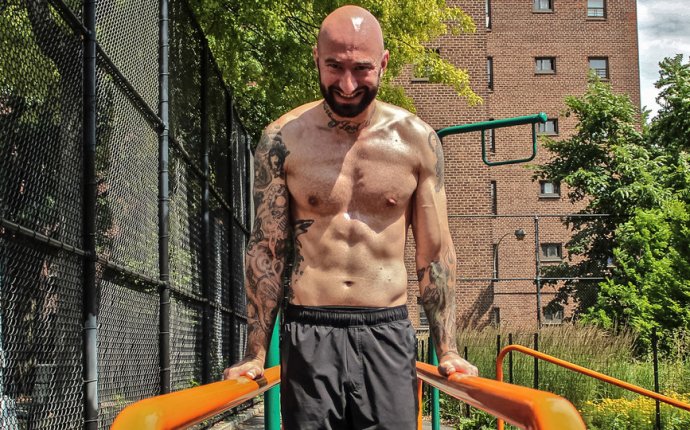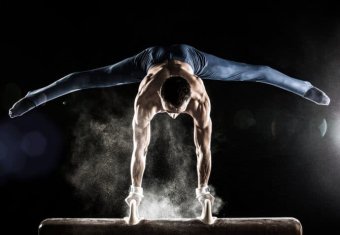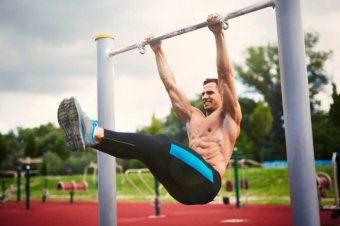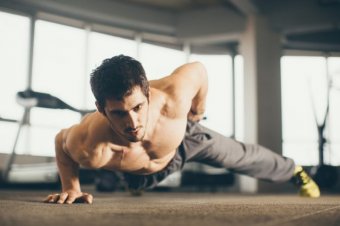
Building muscle using body weight
 If you’ve ever watched the Olympic games, you’ve probably seen some unbelievable feats of athleticism and mental strength, and some pretty impressive physiques. Personally, I’ve been really inspired.
If you’ve ever watched the Olympic games, you’ve probably seen some unbelievable feats of athleticism and mental strength, and some pretty impressive physiques. Personally, I’ve been really inspired.
The sprinters, both male and female, jump out to me – lean, muscular bodies with extremely well-developed glutes. And how about the male gymnasts? Those guys have some seriously jacked arms.
You may or may not know that gymnastics training uses mostly bodyweight exercises. So it begs the question that many have asked me before, “Can you build muscle doing bodyweight training only?”
The short answer is yes, you certainly can build muscle with bodyweight exercises alone! But it will be much more difficult, unless you’re part of a small section of the population. I’ll explain below.
 Let’s start with what it takes to build muscle.
Let’s start with what it takes to build muscle.
Muscle Building 101
Let’s quickly cover what it takes to build muscle. Building muscle primarily comes down to 3 factors:
1. Mechanical Tension
This is primarily what happens when you lift heavy things. If you’ve ever tried lifting a heavy barbell off the ground that weighs more than you do, this is mechanical tension at work. You’re working your hardest to keep your shoulders packed, spine neutral, and core tight. When muscles are exposed to lots of mechanical tension, they respond by growing.
When muscles are exposed to lots of mechanical tension, they respond by growing.
2. Metabolic Stress
This is the burning sensation that you get when muscles are fatigued. It’s also known as the “pump” in the bodybuilding world, as muscles engorge with blood which can make them look swollen and vascular.
3. Muscle Damage
This is the muscular soreness that you feel 24-48 hours after a workout. While you don’t need to feel soreness to build muscle, it is generally a good sign that local muscles are being repaired and getting stronger.
There’s more that goes into the science of muscle growth, but we’re going to leave it at the basics. As long as you have significant mechanical tension and metabolic stress (muscle damage plays a smaller role), you will build muscle.








